Optimal Timing for Waterproofing Applications
Waterproofing is a critical process to protect structures from water intrusion and damage. Proper timing ensures maximum effectiveness and longevity of the waterproofing materials. The optimal time for waterproofing depends on climate conditions, project scope, and specific surface requirements.
Spring offers moderate temperatures and lower humidity, ideal for waterproofing applications. It allows sufficient curing time before summer heat or winter cold.
Summer provides warm weather, which accelerates curing. However, high temperatures and humidity can affect the adhesion and drying process.
Fall is suitable for waterproofing projects aiming for winter protection. Cooler temperatures help in proper curing, especially before winter sets in.
Winter waterproofing is generally avoided due to freezing temperatures that hinder application and curing. Special winter-grade materials are needed if work is unavoidable.
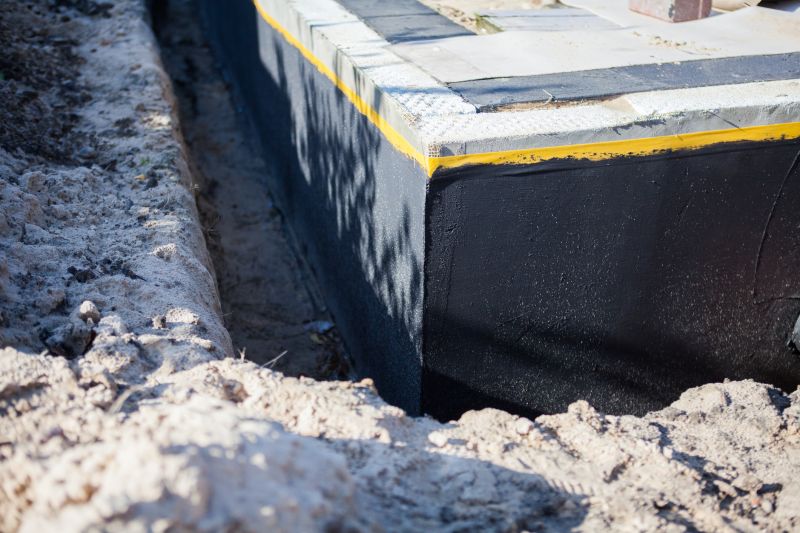
Spring conditions support effective waterproofing with moderate temperatures and low humidity.

Warm weather aids in curing, but precautions are necessary to prevent issues caused by heat.
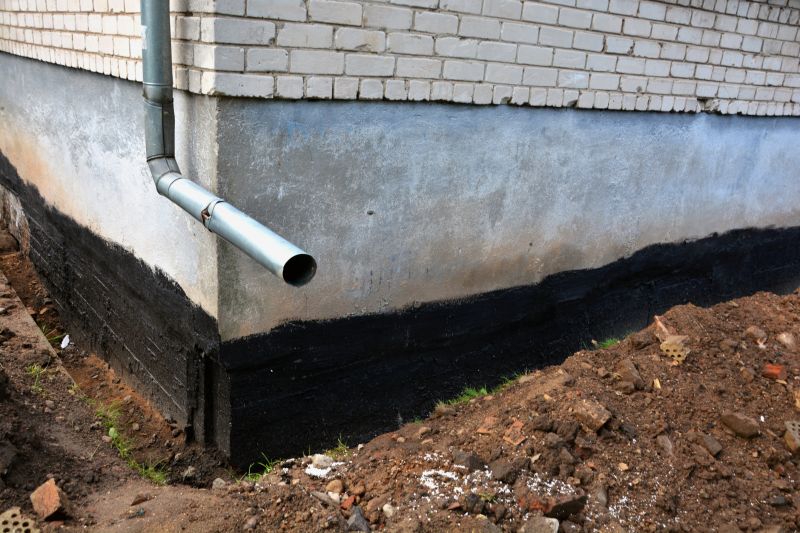
Fall allows for thorough curing before winter, providing long-lasting protection.
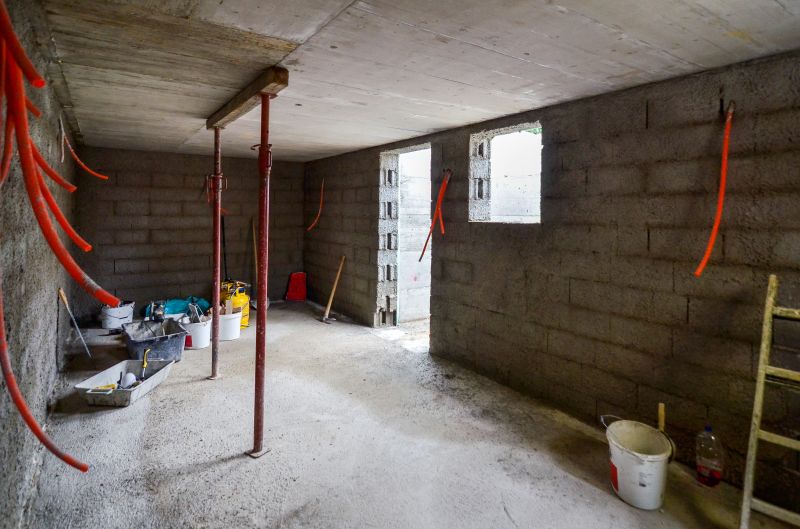
Ways to make Waterproofings work in tight or awkward layouts.
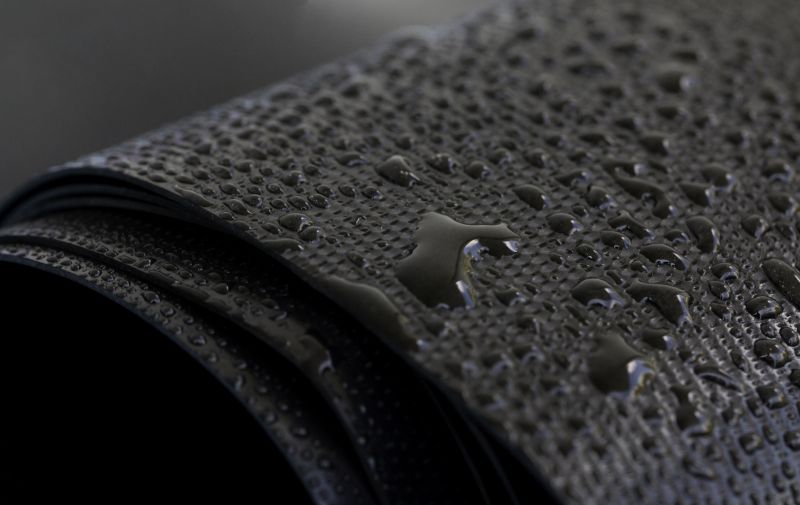
Popular materials for Waterproofings and why they hold up over time.

Simple add-ons that improve Waterproofings without blowing the budget.
| Season | Ideal Conditions |
|---|---|
| Spring | Moderate temperatures, low humidity |
| Summer | Warm weather, dry conditions |
| Fall | Cooler temperatures, dry days |
| Winter | Not recommended unless using winter-grade materials |
Waterproofing involves applying specialized materials to surfaces to prevent water penetration. It is essential for foundations, roofs, basements, and other vulnerable areas. Proper application at the right time enhances durability and reduces long-term repair costs. Advances in waterproofing technology include liquid membranes, sheet membranes, and spray coatings, each suited to different conditions and surfaces.
Statistics show that waterproofing can extend the lifespan of structures by up to 50%. Proper timing and application are crucial to maximize these benefits. Weather conditions such as temperature, humidity, and precipitation influence the effectiveness of waterproofing materials. Planning projects around favorable seasons ensures optimal results and minimizes the risk of failure due to improper curing or application conditions.
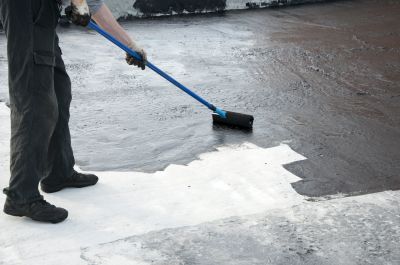
Application during favorable weather enhances longevity.
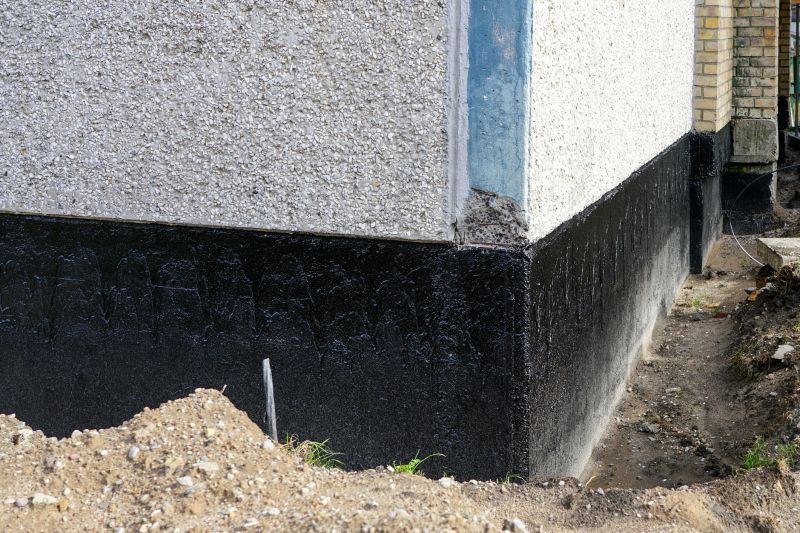
Proper curing depends on suitable temperature and humidity.
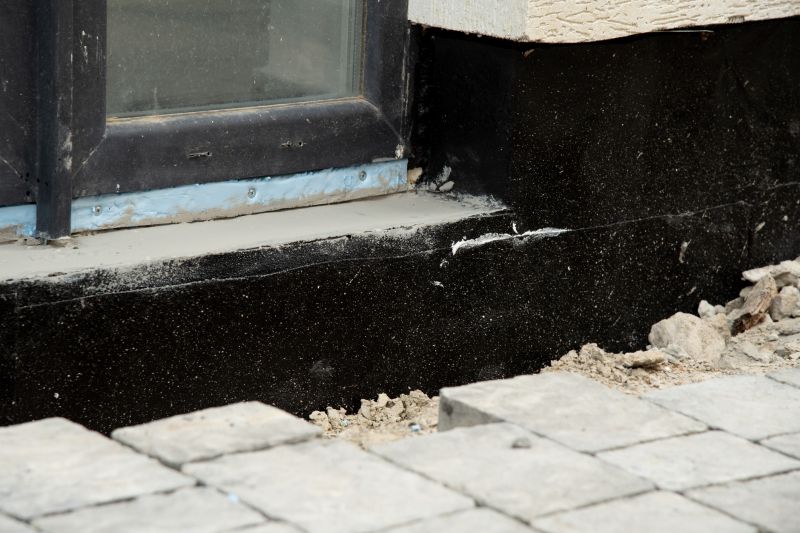
Properly applied waterproofing provides long-lasting protection.

Use of appropriate tools ensures effective application.
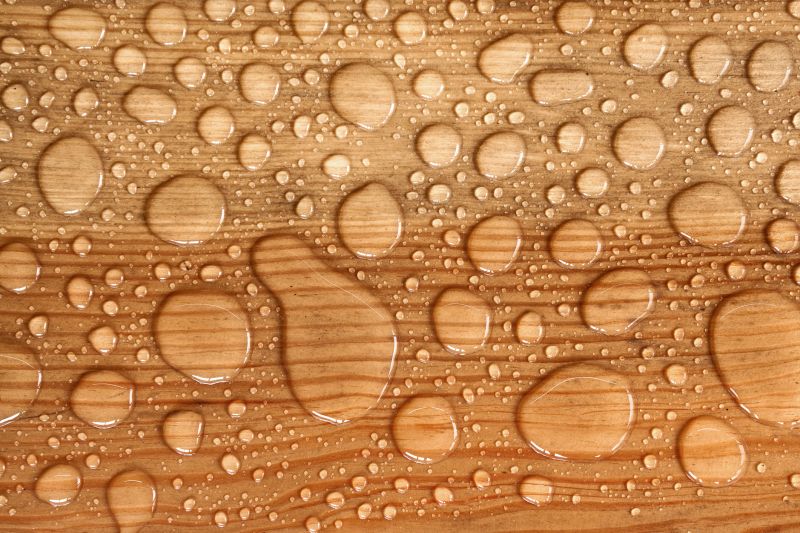
High-end options that actually feel worth it for Waterproofings.

Finishes and colors that play nicely with Waterproofings.
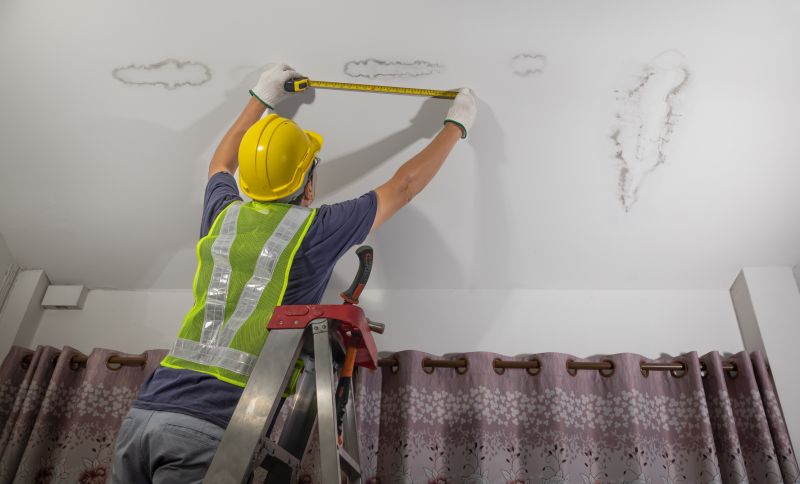
Little measurements that prevent headaches on Waterproofings day.

A 60-second routine that keeps Waterproofings looking new.
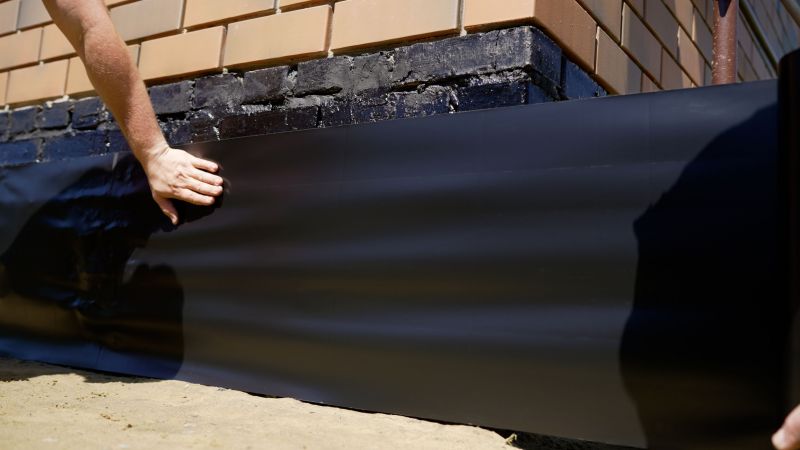
A frequent mistake in Waterproofings and how to dodge it.

Small tweaks to make Waterproofings safer and easier to use.
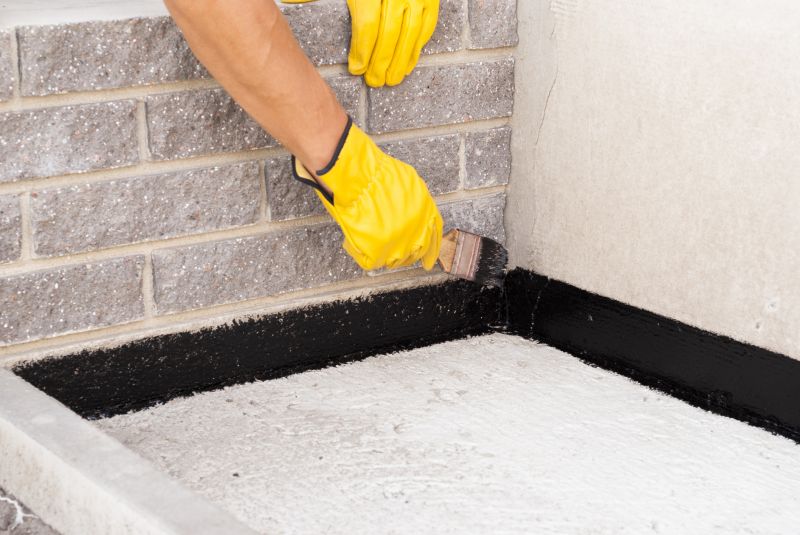
Lower-waste or water-saving choices for Waterproofings.
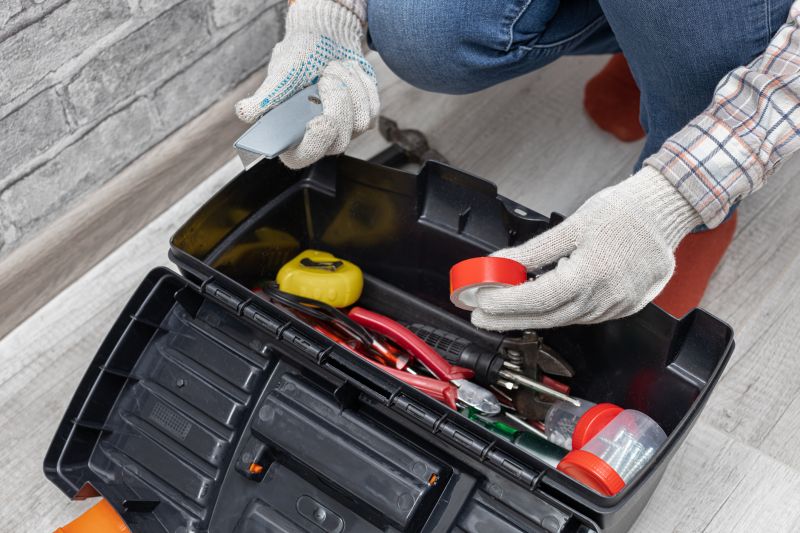
The short, realistic tool list for quality Waterproofings.
Interested parties are encouraged to contact for more information on waterproofing options suited to specific project needs. Proper timing and application methods are vital for ensuring the durability and effectiveness of waterproofing systems.

